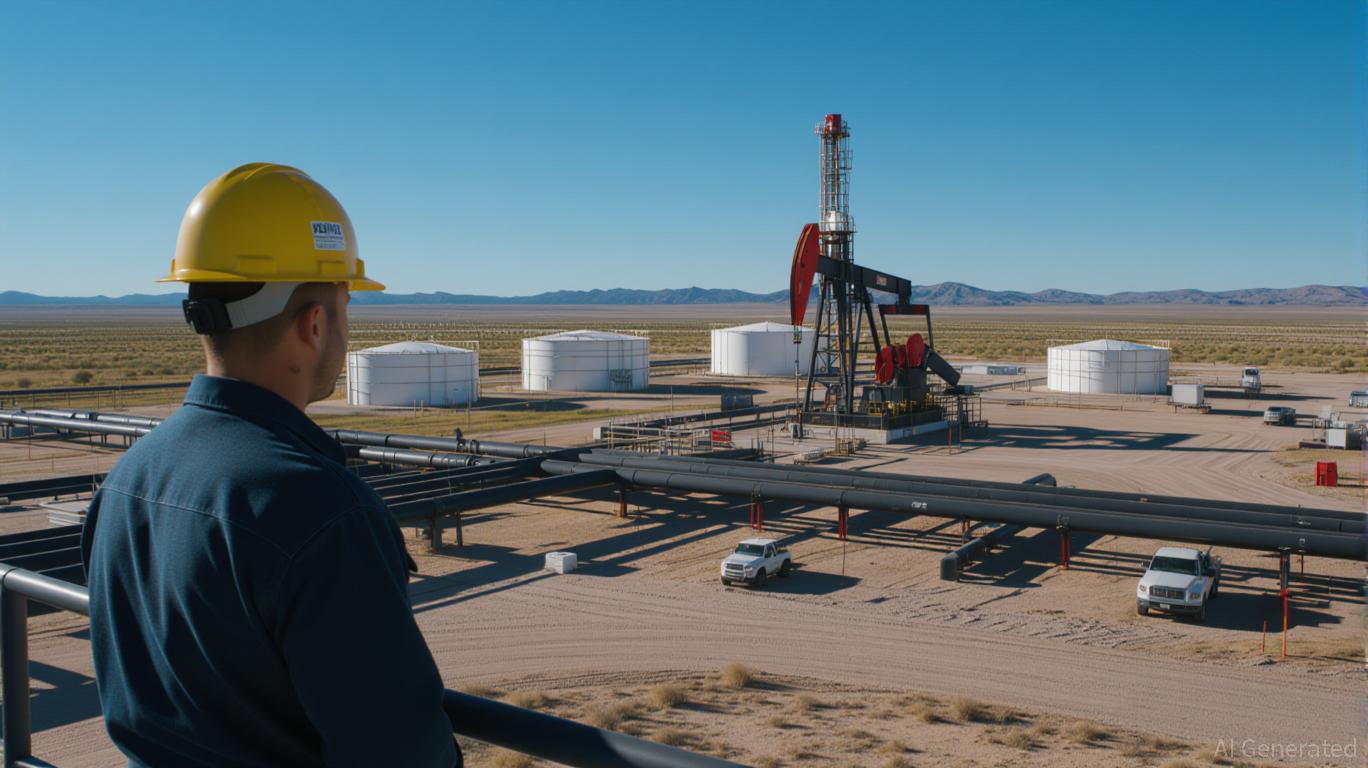
In the shadow of a volatile oil market, where prices swing like a pendulum between boom and bust, Ring Energy, Inc. (NYSE American: REI) has emerged as a case study in disciplined capital management. As of June 30, 2025, the company’s balance sheet reveals a strategic pivot toward debt reduction, operational efficiency, and free cash flow generation—factors that could position it as a resilient player in a low-price environment. For long-term investors, the question is whether these moves translate into sustainable shareholder value. The answer, based on recent financial disclosures and operational adjustments, appears to lean heavily in the affirmative.
A Debt-Reduction Playbook in a Low-Price World
Ring Energy’s debt burden, while substantial, is being actively managed. The company reported $448 million in borrowings under its $585 million credit facility as of June 30, 2025, down from $460 million in March. This $12 million reduction in Q2 2025 is part of a broader plan to cut debt by $18 million in Q3 2025, targeting a total credit facility balance of $430 million by September 30. Such progress is not accidental but the result of a deliberate strategy to prioritize debt repayment over capital expenditures.
The company’s liquidity of $137 million—comprising $0 in cash and $137 million in borrowing base availability—underscores its ability to fund operations without relying on external financing. This liquidity buffer, combined with a recently extended credit facility maturity (now expiring in June 2029), provides Ring Energy with the flexibility to navigate price volatility while maintaining a path to deleveraging. The Third Amended and Restated Credit Agreement, supported by an 11-member banking syndicate, also signals strong institutional confidence in the company’s financial stewardship.
Operational Efficiency as a Free Cash Flow Engine
The key to Ring Energy’s debt reduction lies in its ability to generate free cash flow. In Q2 2025, the company reported a record $24.8 million in Adjusted Free Cash Flow (AFCF), despite a 11% decline in realized oil prices per Boe compared to Q1. This resilience stems from aggressive cost-cutting measures, including a 48% reduction in capital expenditures to $16.8 million and a 9% drop in lease operating expenses (LOE) to $10.45 per Boe. These figures not only outperformed guidance but also highlight the company’s operational discipline.
The company’s cost structure is further optimized by its hedging strategy, which has locked in downside protection for 55% of its oil sales at an average price of $64.87 per barrel for the remainder of 2025. This hedging coverage acts as a financial cushion, ensuring cash flow stability even if prices dip further. For investors, this means Ring Energy is less exposed to the kind of price shocks that have derailed weaker peers in the past.
Balance Sheet Strength and Long-Term Value Creation
Ring Energy’s balance sheet, while not without risks, demonstrates…
Read More: Ring Energy’s Strategic Debt Reduction and Operational Discipline in a



